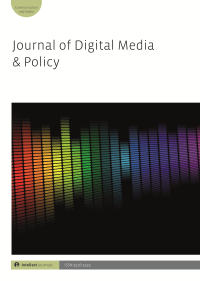
Full text loading...

 , Amer Khaled Ahmad2
, Amer Khaled Ahmad2 , Ahmed Makharesh1
, Ahmed Makharesh1 , Abdelbaset Ahmad Alabed Alrahman2
, Abdelbaset Ahmad Alabed Alrahman2 , Amjad Omar Safori2
, Amjad Omar Safori2
The aim of this study is to understand how Jordanian journalists view social media networks as being related to the news industry in Jordan and the extent of their dependence on these networks in producing news. It also explores the opinions of Jordanian journalists on the pros and cons of these networks through the lens of the relationship between these networks and professional journalism. This study uses the qualitative approach by conducting interviews with a number of professional journalists. The findings indicate that Jordanian journalists perceive social networks as an essential and beneficial development. There is optimism among journalists about the relationship between professional journalism and social media. Also, social networks have brought several benefits to professional journalism. The results also show that journalists firmly believe that social networks cannot be considered a substitute for traditional media.

Article metrics loading...

Full text loading...
References

Publication Date:
https://doi.org/10.1386/jdmp_00128_1 Published content will be available immediately after check-out or when it is released in case of a pre-order. Please make sure to be logged in to see all available purchase options.